How Can uST Routes Solve the Problem of Spring "Drying" of Highways?
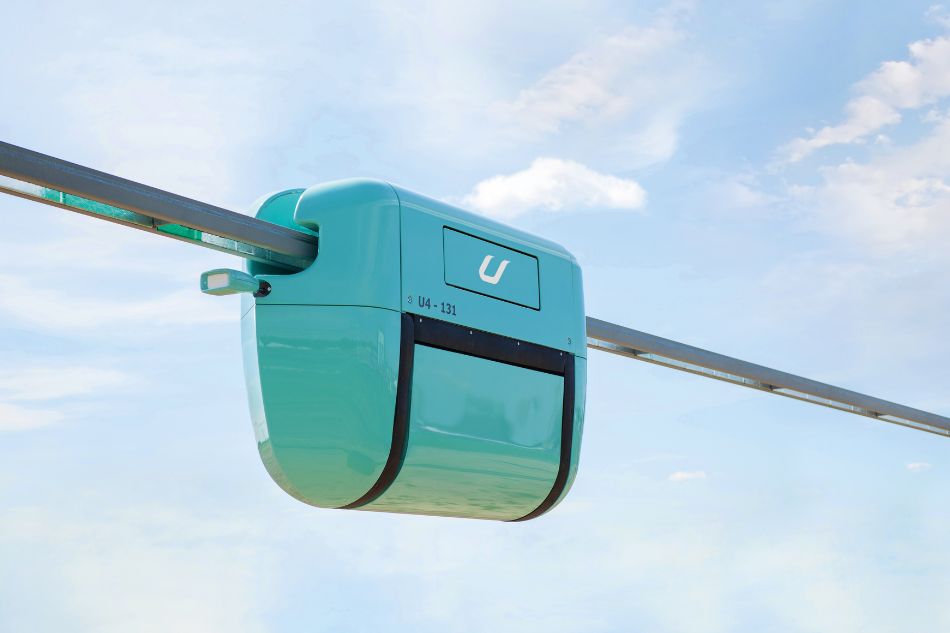
During the spring overflowing of rivers in some regions, restrictions are imposed on the traffic of heavy-duty vehicles on local highways. This leads to an increase in delivery time, as companies are forced to change traffic patterns, look for corridors and detours. uST elevated transport and infrastructure complexes will provide year-round transportation and will allow to avoid delays on the way and downtime of vehicles.
Seasonal problems of heavy trucks
Spring "drying" of roads is an annual set of measures aimed at reducing the axial load of freight transport on the road surface. Each region independently determines the routes along which the traffic with the maximum permissible weight of cargo is allowed. Sometimes the restrictions are so severe that even an empty car cannot pass on the road – its permissible axle load already exceeds the norm.
The annual "drying" lasts about 30 days in March-April, but may increase if floods are accompanied with rains. Such restrictions are intended to extend the service life of highways. In spring, the road topping is more susceptible to loads and is damaged faster when heavy vehicles are on the move.
Due to active snowmelt and river overflooding, the soil is waterlogged, which causes a decrease in the bearing capacity of the structural elements of roads.
The problem is that when snow has melted in one region and the "drying" has come to an end, in another region the roads are just beginning to thaw. This complicates the movement of transport, the route of which passes through several regions.
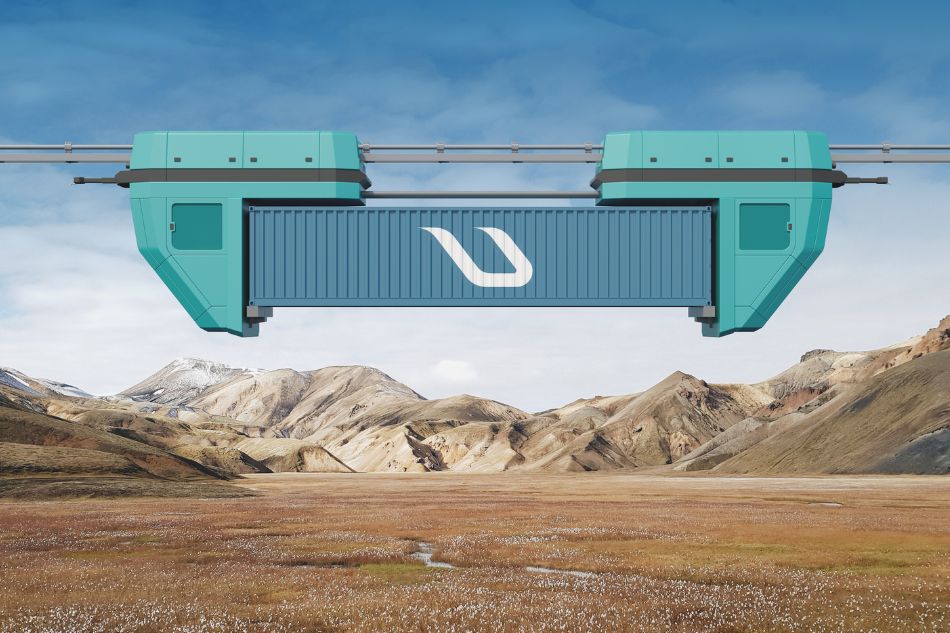
The technology developed by UST Inc. can solve the problem of arranging year-round transportation. uST routes are located above the ground – on the second level, therefore, the goods delivery time will not depend on the condition of the soil and weather events.
All-season uST Solutions for cargo transportation
The uST string rail overpass is installed on delicate supporting towers that allows to reduce the material consumption and, accordingly, the cost of the route. At the same time, the lands under the track structure remain untouched, the movement of ground and surface waters is not disturbed, the migration routes of animals are preserved. uST Solutions are resistant not only to high and low temperatures, but also to dangerous natural phenomena: river overflooding, storm winds, earthquakes.
- The complexes are capable of transporting up to 100 million tons of cargo per year.
- The service life of the uST highway is up to 100 years, the rolling stock – up to 25 years, while the service life of the asphalt pavement is only 10 years.
- uST routes can be used for transportation of various types of cargo: liquid, bulk, piece goods.
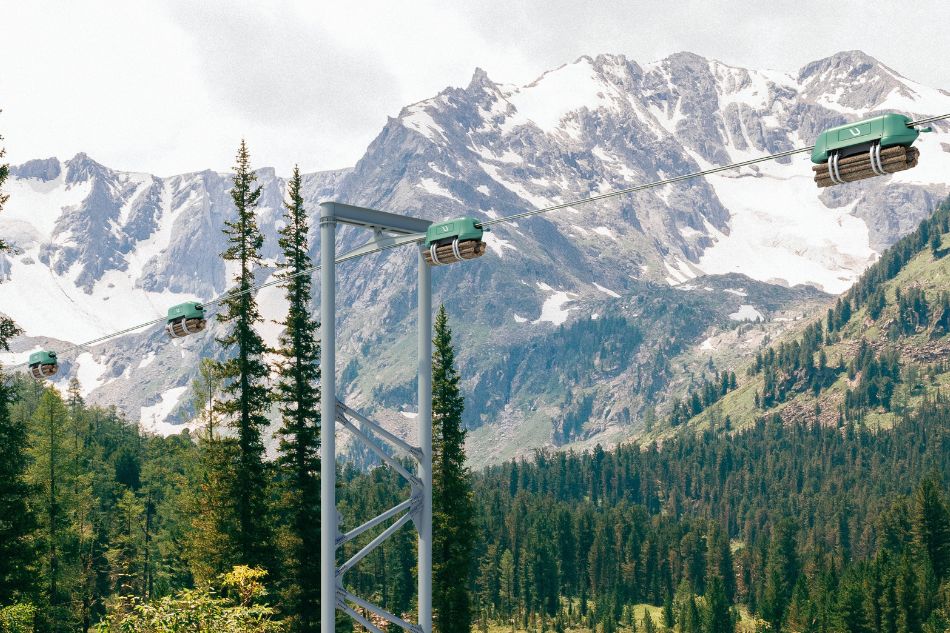
The buildings included into uST transport and infrastructure complexes could be used as terminals for loading/unloading, transshipment of goods. If necessary, the buildings can be equipped with a control room and a maintenance area.
Find out more about the benefits of uST Solutions for cargo transportation.
More news

Analytics
18 July 2024
uST and Maglev: comparing the applicability of transport solutions
What prevented the once cutting-edge solution from becoming the primary choice to replace ground rail transport, and what sets it apart from uST?
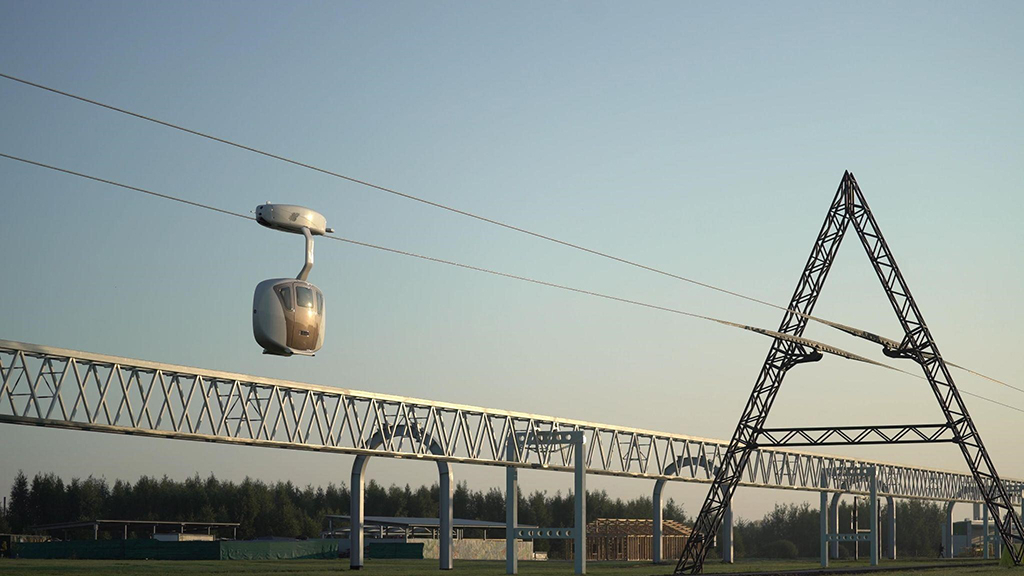
Blog
11 February 2022
We Answer Popular Questions About String Transport!
Every year transport and infrastructure complexes by Unitsky String Technologies Inc. become more and more interesting to the public. Of course, many want to know as much as possible about our unique technology. We have selected the most relevant of the questions related to string transport, and we are launching a section in which we will gradually answer them. Today we’re going to talk about the string rail overpass – what is it?
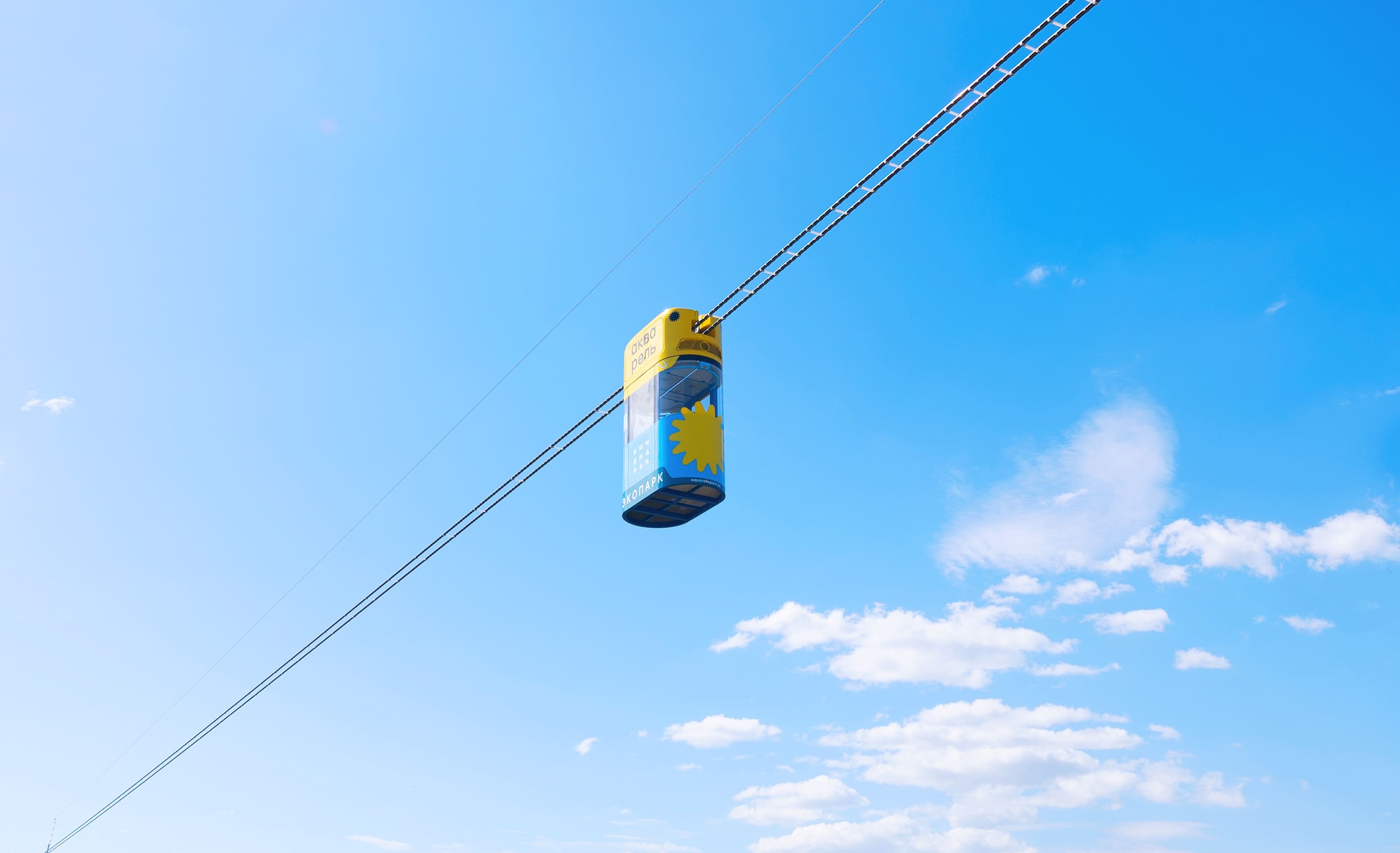
uLite
14 September 2023
«We based ourselves on the principle of functional versatility»: What solutions did UST Inc. engineers lay down when designing the uLite?
In order to meet the stated requirements for the final product, the company's professionals have provided a set of solutions.

